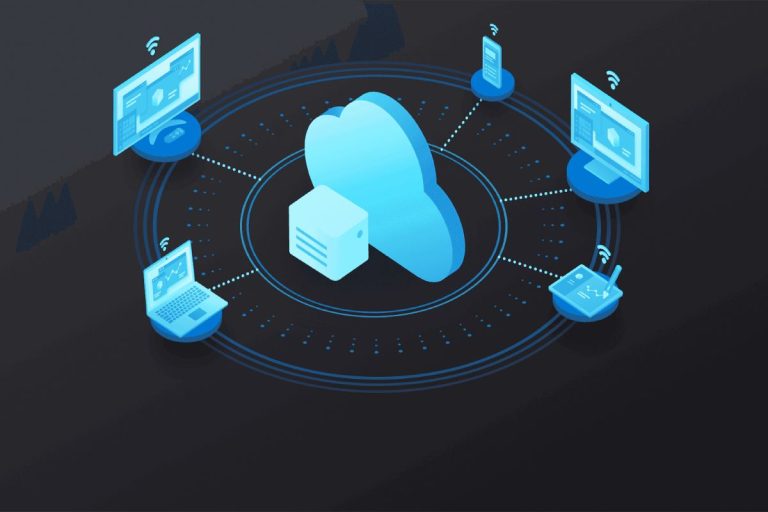Ever felt swamped by the sheer volume of documents in your daily work? You’re not alone. Many face the complexities of manual document workflows, resulting in inefficiencies and mistakes.
Thankfully, today’s technological advancements offer a solution. By leveraging automation, these once-tedious tasks can be transformed into smooth processes.
Interested in finding out how? Let’s explore the process of enhancing your document workflows through automation.
Table of Contents
Understanding Document Workflow Automation
Document workflow automation is a digital evolution that streamlines repetitive tasks and ensures a smooth document journey. It involves the following:
- Digitization Of Paperwork: Convert physical documents into digital formats for easier management and sharing.
- Rule-Based Task Execution: Set rules for tasks, like auto-forwarding approved invoices, ensuring consistency.
- Real-time Collaboration: Team members edit the same document together, streamlining collaboration.
- Status Monitoring: Track where a document is in its process and receive timely notifications.
Indeed, this automation significantly refines document management in today’s digital age.
The Tech Behind Document Workflow Automation

The technology driving document workflow automation is like the engine powering a car. Here’s a brief look at these technological marvels:
- Machine Learning: Beyond robots and self-driving cars, machine learning enables systems to learn and predict based on data, optimizing workflow decisions over time.
- Cloud Computing: This virtual workspace allows documents to be accessible from anywhere, anytime, ensuring uninterrupted workflows.
- APIs And Integrations: APIs act as connectors, enabling various software tools to communicate and integrate your document processes with other business functions.
Understanding these technologies provides insight into the vast possibilities they bring to our work processes.
Steps To Simplify Document Workflows With Automation
To integrate document workflow automation effectively, strategic planning and structured implementation are crucial. The steps below outline a seamless integration process from assessment to refinement:
Conduct Strategic Assessment Of Current Workflows
Before integrating intelligent automation solutions, it’s crucial to conduct an in-depth review of your current document workflows. Map out the entire process from document creation, approval, and storage to retrieval.
Furthermore, identify existing bottlenecks, inefficiencies, and redundant steps that slow down operations, analyzing where automation can bring the most value. This assessment will help uncover areas ripe for automation and lay the groundwork for a streamlined transformation.
Define Clear And Measurable Objectives
Establish precise and quantifiable goals for what you want to achieve with automation. Whether it’s reducing document processing time, improving data accuracy, enhancing compliance, or elevating customer satisfaction, having clear objectives will serve as a compass.
This will guide the implementation process effectively, ensuring that the intended outcomes are achieved. This clarity in objectives also aids in measuring the success of the automation initiative and enables alignment with overall business goals.
Select Suitable Automation Tools
The selection of automation tools is a critical step that demands careful consideration of organizational needs, budget constraints, and the scale of operations. Research and opt for tools that align perfectly with your requirements and offer the flexibility to adapt to changing needs.
Moreover, evaluate different solutions based on features, user-friendliness, scalability, and integration capabilities to ensure optimal return on investment (ROI). This approach will facilitate smoother adoption across the organization.
Ensure Careful Implementation And Integration
Once the suitable tools are selected, meticulous implementation and integration are essential. This involves configuring the tools to work seamlessly within the existing ecosystem and ensuring that they interact flawlessly with other systems, minimizing disruption and risks.
A phased approach, starting with pilot programs, can help in identifying potential issues early and adjusting strategies accordingly, guaranteeing a smoother transition to automated workflows.
- Undertake Ongoing Monitoring And Refinement
Automation is not a set-and-forget solution; it demands ongoing attention. Regular evaluations and adjustments are crucial to ensure the automation system evolves in tandem with organizational needs and market dynamics. Monitor the system’s performance against the set objectives, gather feedback from users, and make necessary refinements to optimize effectiveness.
This proactive approach to monitoring and refinement helps maximize the benefits of automation and ensures sustained operational excellence.
- Educate And Train Staff
For successful automation, it’s essential to have a workforce that is well-acquainted with the new tools and understands the value they bring. Develop comprehensive training programs and provide resources to help employees adapt to the automated workflows.
Encouraging a culture of continuous learning and improvement will facilitate a smoother adoption of automation technologies and empower staff to leverage them effectively.
- Measure Success And Iterate
After the implementation, rigorously measure the outcomes against the predefined objectives. Use key performance indicators (KPIs) to assess the impact of automation on workflow efficiency, accuracy, and overall productivity.
The insights gained from this analysis should be used to make continuous improvements and fine-tune strategies, ensuring that the automation initiative remains aligned with organizational goals and adapts to the evolving business landscape.
Conclusion
Automating document workflows can significantly enhance efficiency and accuracy, freeing up resources and allowing organizations to focus on value-added activities. By strategically assessing current workflows, defining clear objectives, selecting suitable tools, implementing them carefully, and ensuring ongoing refinement, organizations can simplify document workflows and realize the full potential of automation.
Adopting this structured and thoughtful approach will lead to more streamlined operations, improved productivity, and sustained growth in a competitive business environment.











